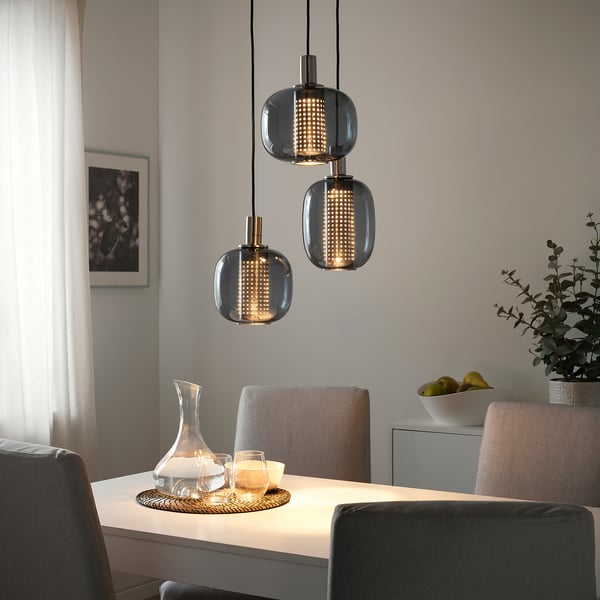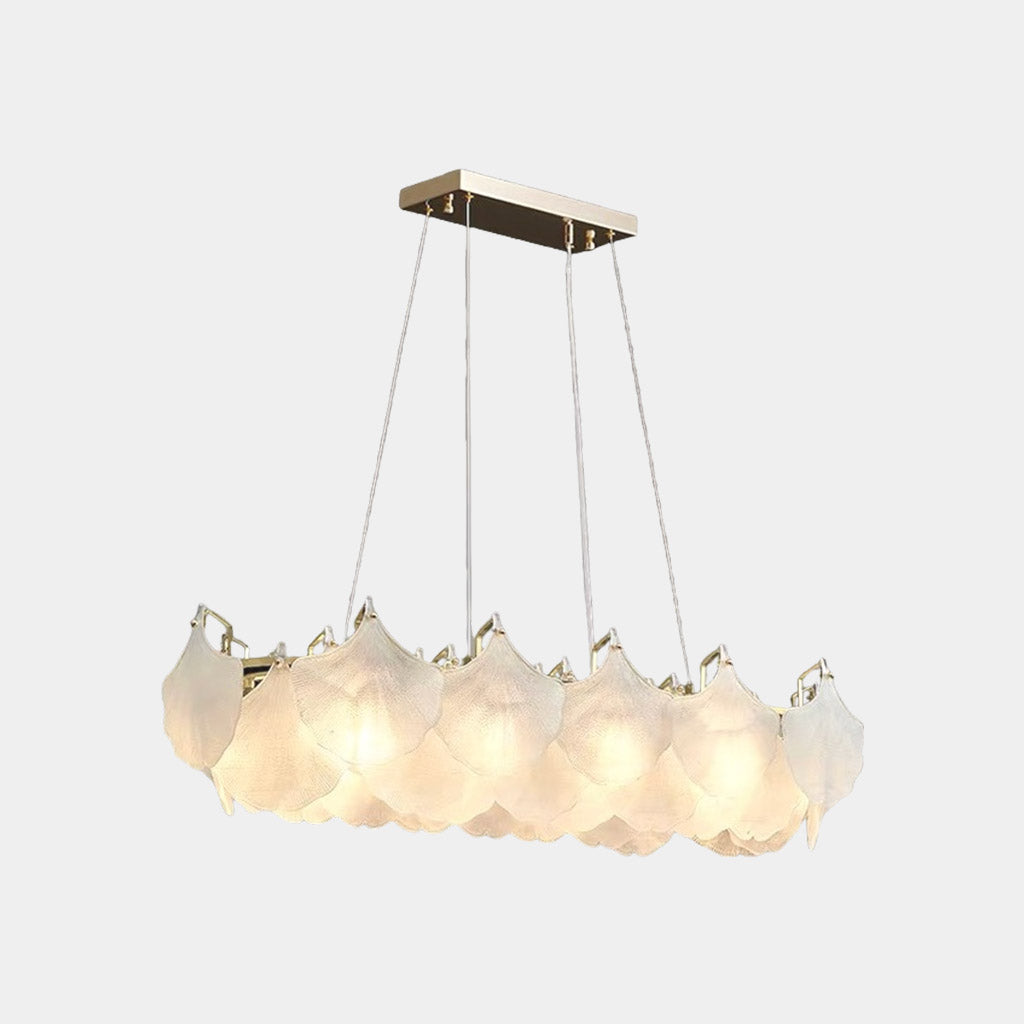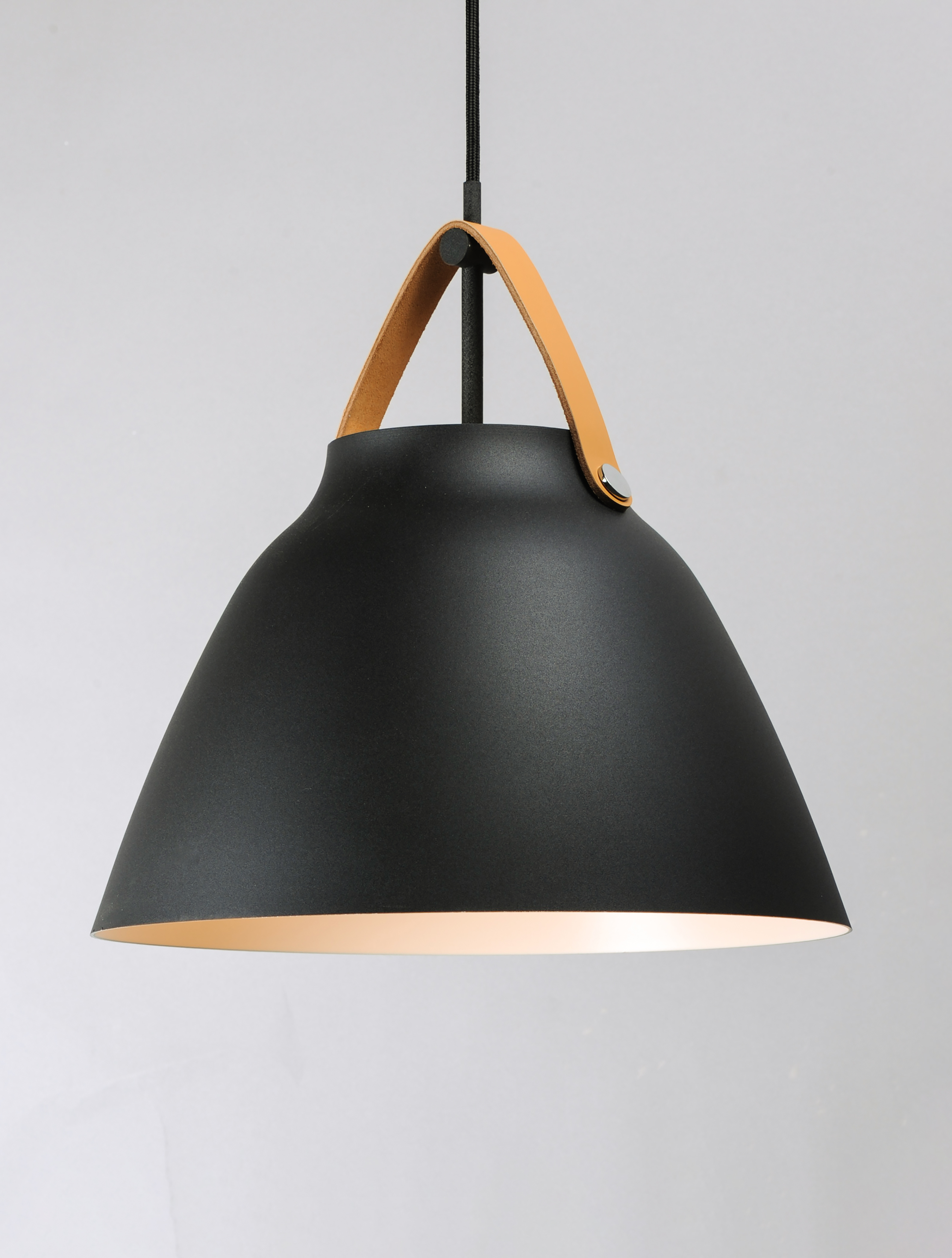A Comprehensive Overview to Putting Up and Keeping Your Necklace Light
Maintaining a pendant and installing light needs mindful planning and execution. Correct elevation dimensions can boost both performance and layout. Important tools and a clear installation process are vital for an effective setup. Routine maintenance warranties longevity and efficiency. Comprehending these components can transform an area. Knowing where to start might appear frightening. What steps should one prioritize to attain the best results?
Understanding Necklace Light Styles
While several homeowners look for to enhance their areas with pendant illumination, understanding the various styles available is vital for making an informed choice. Pendant lights can be found in a wide range of styles, each offering unique visual and functional advantages. Traditional necklace lights typically feature classic shapes and materials, such as glass or steel, supplying a timeless charm. Contemporary designs, on the other hand, might integrate innovative products and bold shades to develop striking focal factors.
Industrial-style necklaces typically make use of basic materials like subjected light bulbs and rustic coatings, appropriate for loft spaces and modern settings. For an extra whimsical touch, vintage-inspired alternatives evoke nostalgia with elaborate details and retro finishes. Additionally, minimal layouts concentrate on simplicity and clean lines, attracting those who prefer downplayed elegance. Understanding these varied styles permits house owners to select necklace illumination that not only enhances their decoration but also offers their sensible lighting needs efficiently.
Gauging the Suitable Elevation for Your Necklace Light
Exactly how does one figure out the ideal elevation for a pendant light? To attain the finest performance and visual allure, several variables should be considered. Normally, a pendant light must hang 30 to 36 inches over a dining table to ensure sufficient lighting without obstructing sights. Precede with high ceilings, the component might be positioned a little higher to preserve symmetry.
For kitchen islands, an elevation of 28 to 34 inches above the kitchen counter is typically advised, permitting sufficient light insurance coverage while maintaining an inviting ambience. In living areas, the necklace needs to be hung at a height that matches the surrounding decor and does not create a danger for individuals strolling beneath it.
Eventually, personal choice and area measurements play substantial roles in identifying the best elevation. Evaluating numerous elevations before last installment may help accomplish the preferred effect and functionality.
Tools and Materials Needed for Setup
Effective installment of necklace lights needs a particular set of tools and materials to ensure a smooth process. Necessary devices include a screwdriver, wire stripper, and a drill, which facilitate protected fixture accessory and correct wiring. A voltage tester is vital for confirming safety by guaranteeing that power is off before starting any electric job.
Along with devices, certain materials are necessary for installation. These consist of the necklace light itself, electrical circuitry, cable nuts for protected links, and placing equipment. A ceiling hook might additionally be required, relying on the component's layout.
For added safety and security and comfort, a ladder will aid in getting to high ceilings, while a level ensures that the light hangs uniformly. Preparing these materials and devices in advance improves the installation procedure, making it extra effective and effective. Appropriate preparation is vital to accomplishing an effective pendant light installment.
Step-by-Step Setup Refine
With the required tools and products collected, the installation procedure for pendant lights can start. The power supply should be transformed off at the circuit breaker to guarantee safety and security. Next, the placing brace needs to be affixed to the electrical box in the ceiling. After protecting it, the electrical contractor's tape ought to be made use of to cover any type of exposed cords.
Following that, the pendant light's cords are attached to the matching cords in the ceiling: black to black (or red), white to white, and eco-friendly or copper for ground. As soon as the links are made, they need to be protected with cable nuts.
The necklace light can after that be connected to the installing brace, making certain it hangs at the preferred elevation. The light bulb is put, and the power is turned back on at the circuit breaker, allowing the new necklace light to brighten the room.
Maintaining and Cleansing Your Necklace Light
What steps should be taken to ensure the long life and visual appeal of pendant lights? Regular maintenance and cleansing are important in protecting their appeal and functionality. Dirt and dust can build up on pendant lights, lessening their shine. To clean, a soft, lint-free fabric or microfiber towel should be made use of, together with a mild cleaner appropriate for the surface area product - Pendant Light. For glass or crystal pendants, a glass cleanser can enhance quality without touches
It is advisable to shut off the light and permit it to cool down before cleansing. In addition, evaluating the fixture for loose bulbs or links periodically assures security and top efficiency. If appropriate, altering light bulbs routinely avoids strain on electrical elements. Maintaining a secure atmosphere by staying clear of exposure to dampness can considerably expand the life of necklace lighting. Complying with these steps will keep necklace lights looking their finest while operating successfully.
Troubleshooting Common Necklace Light Issues
When pendant lights breakdown, a number of common issues may arise, including flickering light bulbs, wrong installment, and voltage variations. Recognizing the source is crucial for reliable troubleshooting and making certain peak efficiency. Addressing these issues immediately can boost the durability and capability of necklace illumination fixtures.
Flickering Light Bulbs
Flickering light bulbs can be a resource of aggravation for homeowners, usually signifying underlying electric issues or straightforward maintenance needs. This phenomenon might come from loosened bulb links, where the light bulb is not safely matched the outlet, causing recurring call (Pendant Light). Furthermore, defective or aging light bulbs may flicker as they near completion of their lifespan. An additional common cause is inconsistent voltage, which can occur from issues within the electric system or overloading circuits. Homeowners ought to additionally examine for harmed wiring, as this can lead to flickering and posture safety risks. Normal evaluations and timely substitutes are crucial to assure proper performance and to keep a secure home atmosphere. Identifying the source quickly can avoid further complications

Inaccurate Installment Concerns
Inappropriate installation of pendant lights can result in a variety of issues that might resemble those brought on by flickering bulbs. Usual problems include loosened electrical wiring connections, which can interfere with the circulation of electrical energy and lead to recurring lights. In addition, if the installing bracket is not securely secured, the pendant may hang erratically, creating an unsteady component that can cause vibrations or sound. Inaccurate bulb types or electrical power can likewise contribute to efficiency problems, as inappropriate bulbs may not work successfully in the fixture. Poor spacing from the ceiling can create shadows or decrease light distribution, decreasing the intended effect of the necklace light. Determining and dealing with these installation mistakes is vital for accomplishing proper capability and aesthetic appeal.
Voltage Fluctuation Issues
Although pendant lights can improve a space's atmosphere, voltage changes can lead to considerable performance problems. These changes may trigger flickering lights, reduced brightness, or perhaps premature light bulb failing. To identify such troubles, one should initially examine the light fixture's compatibility with the voltage supply. Making use of a multimeter can help measure voltage degrees and identify irregularities. If voltage concerns continue, it might be necessary to check the electric system for loose links or faulty electrical wiring. Sometimes, getting in touch with a certified electrical contractor is suggested to guarantee security and compliance with regional codes. Effectively addressing voltage changes not only enhances the efficiency of necklace lights yet additionally extends their lifespan and enhances general illumination high quality.
Enhancing Your Area With Necklace Light Positioning
Reliable necklace light placement can significantly boost a room by sticking to excellent elevation standards, making certain the appropriate lighting degree. Layering these lights with various other resources can produce a balanced environment, highlighting prime focus within the space. Accomplishing a harmonious look requires cautious consideration of both the fixture's placement and its connection web link with surrounding elements.
Optimal Elevation Standards
When considering the suitable height for pendant lights, a general standard recommends hanging them around 30 to 36 inches above a countertop or table surface. This elevation permits optimum illumination while ensuring that the light does not block sights or produce risks. In eating locations, pendant lights should be placed to improve the dining experience, typically around 28 to 34 inches over the table. For kitchen area islands, maintaining harmony throughout multiple necklaces can produce a cohesive appearance; spacing them uniformly and adhering to the recommended elevation improves functionality. It is necessary to take into consideration ceiling height too, find more info as higher ceilings might call for modifications to maintain symmetry and visual charm. Proper elevation placement substantially contributes to the total atmosphere of a room.
Layering With Other Lights
As necklace lights are integrated right into a wider lights style, they can substantially improve the ambience of a space. Their convenience allows them to be layered with ambient, job, and accent lighting, producing an unified balance. As an example, combining pendant lights with recessed illumination can provide general lighting while highlighting specific areas. Job lights, such as under-cabinet lights, can complement pendants in kitchen areas, ensuring performance without compromising design. Accent lights, like wall surface sconces, can even more improve the environment, accentuating art work or building features. By strategically placing these lights, property owners can accomplish depth and dimension, transforming an average room into a magnificently illuminated setting that accommodates various activities and moods.
Focal Factors and Equilibrium

Tactically put pendant lights can offer as captivating centerpieces within a space, drawing the eye and boosting the total visual. When selecting pendant lights, it is essential to consider their dimension, color, and form to assure they match the existing design. For instance, a vibrant, large pendant can develop a striking centerpiece over a table, while smaller sized fixtures might work much better in clusters to achieve a well balanced look. Additionally, placing pendant lights at differing heights can include deepness and visual interest to the space. Keeping balance with various other elements, such as furniture and wall shades, will guarantee that the necklace lights improve the area without overwhelming it. Thoughtful positioning transforms the ambiance, creating an unified and welcoming atmosphere.
Regularly Asked Concerns
Can I Mount a Pendant Light in a Recessed Ceiling?
The question of whether a necklace light can be installed in a recessed ceiling typically arises. Normally, it is feasible with appropriate installing equipment, making sure correct support and electrical links for efficient and safe installment.
What Type of Bulb Is Ideal for Pendant Lighting?
When picking bulbs for pendant lights, LED options are commonly favored as a result of their power performance and longevity. Furthermore, the shade temperature level should match the desired ambiance, with warm white being a popular choice for relaxing setups.
Are Necklace Lighting Safe for Outdoor Usage?

Exactly how Do I Pick the Right Necklace Light Power Level?
Selecting the appropriate necklace light wattage involves evaluating the room's dimension, preferred brightness, and fixture compatibility. Commonly, reduced power levels fit ambient illumination, while greater electrical powers supply task lights, making certain performance and aesthetic allure.
Can I Utilize a Dimmer Change With My Necklace Light?
The inquiry developed whether a dimmer switch can be used with a necklace light. Usually, if the light fixture and light visit site bulb are suitable, a dimmer button can efficiently enhance ambiance and control illumination levels.
When pendant lights breakdown, a number of typical issues might arise, consisting of flickering light bulbs, incorrect installment, and voltage fluctuations. Inappropriate setup of necklace lights can lead to a range of concerns that may look like those caused by flickering light bulbs. Poor spacing from the ceiling can produce darkness or decrease light circulation, decreasing the desired result of the pendant light. Reliable pendant light positioning can considerably improve a room by adhering to excellent height standards, ensuring the ideal illumination degree. When picking bulbs for pendant lights, LED alternatives are often liked due to their energy performance and longevity.